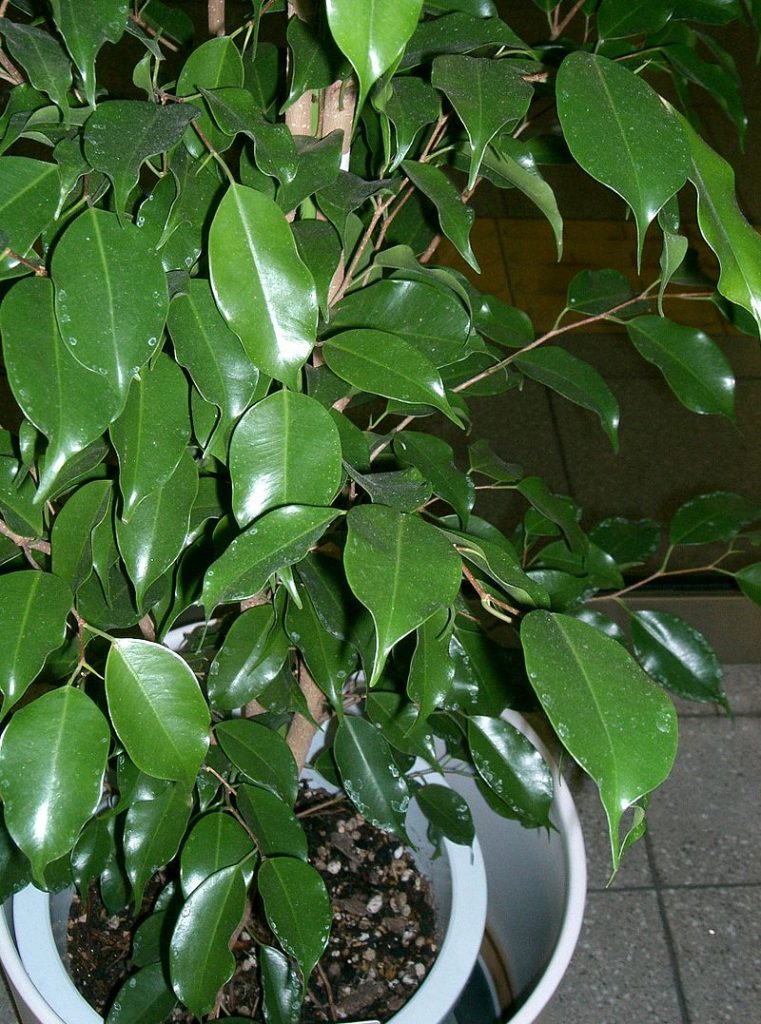گیاه بروملیاد مناسب حمام ۰۹۱۲۱۵۰۷۸۲۵
بازرگانی وخدمات فنی مهندسی مرادی/مشاوره خرید-فروش۰۹۱۲۱۵۰۷۸۲۵
از گیاهان مناسب حمام و سرویس بهداشتی است که حتی در جاهایی از محیط داخلی میتوانند رشد کنند.
و شکوفههای با طول عمر بالا داشته باشند که هیچ گیاه دیگری نمیتواند.
گلهای بسیار زیبای این گیاه در زمستان به رنگ زرد، صورتی یا قرمز هستند که تا چندین هفته در شرایط داخلی حمام و سرویس بهداشتی ماندگاری دارند.
این نوع گیاهان اپیفیت (Epiphytic) هستند یعنی اکثر رطوبت و مواد غذایی مورد نیاز خود را به جای خاک از هوا میگیرند.

باید در حمام و سرویس بهداشتی تهویه خوبی قرار دهید.
و کود مورد استفاده برای آنها با کود گیاه ارکیده دقیقا یکسان است.
در روز به چندین ساعت نور غیر مستقیم یا فیلتر شده خورشید نیاز دارند.
با داشتن این گیاهان در فضای داخلی حمام و سرویس بهداشتی عاشق آنها خواهید شد.
از گیاهان مناسب حمام و سرویس بهداشتی است که حتی در جاهایی از محیط داخلی میتوانند رشد کنند.
و شکوفههای با طول عمر بالا داشته باشند که هیچ گیاه دیگری نمیتواند.
گلهای بسیار زیبای این گیاه در زمستان به رنگ زرد، صورتی یا قرمز هستند که تا چندین هفته در شرایط داخلی حمام و سرویس بهداشتی ماندگاری دارند.
این نوع گیاهان اپیفیت (Epiphytic) هستند یعنی اکثر رطوبت و مواد غذایی مورد نیاز خود را به جای خاک از هوا میگیرند.
باید در حمام و سرویس بهداشتی تهویه خوبی قرار دهید.
و کود مورد استفاده برای آنها با کود گیاه ارکیده دقیقا یکسان است.
در روز به چندین ساعت نور غیر مستقیم یا فیلتر شده خورشید نیاز دارند.
با داشتن این گیاهان در فضای داخلی حمام و سرویس بهداشتی عاشق آنها خواهید شد.
 فروش گل و گیاه آپارتمانی / بنجامین ۰۹۱۲۱۵۰۷۸۲۵
فروش گل و گیاه آپارتمانی / بنجامین ۰۹۱۲۱۵۰۷۸۲۵ فروش گل و گیاه آپارتمانی / بنجامین ۰۹۱۲۱۵۰۷۸۲۵-بومی جنوب و جنوب شرقی قاره آسیا و اروپا -حساس به سرما -علاقمند به نور زیاد و غیر مستقیم دارای برگهایی به رنگ سبز روشن، بیضیشکل و نوکتیزفروش گل و گیاهان آپارتمانی -گیاهان و گل های تزیینی-درختچه های اپارتمانی و فضای باز و باغچه -بونسای-انواع گل و گیاه و درختچه جهت اپارتمان و فضای محدود و اداری و دفتر کار -گل های رومیزی
فروش گل و گیاه آپارتمانی / بنجامین ۰۹۱۲۱۵۰۷۸۲۵-بومی جنوب و جنوب شرقی قاره آسیا و اروپا -حساس به سرما -علاقمند به نور زیاد و غیر مستقیم دارای برگهایی به رنگ سبز روشن، بیضیشکل و نوکتیزفروش گل و گیاهان آپارتمانی -گیاهان و گل های تزیینی-درختچه های اپارتمانی و فضای باز و باغچه -بونسای-انواع گل و گیاه و درختچه جهت اپارتمان و فضای محدود و اداری و دفتر کار -گل های رومیزی

